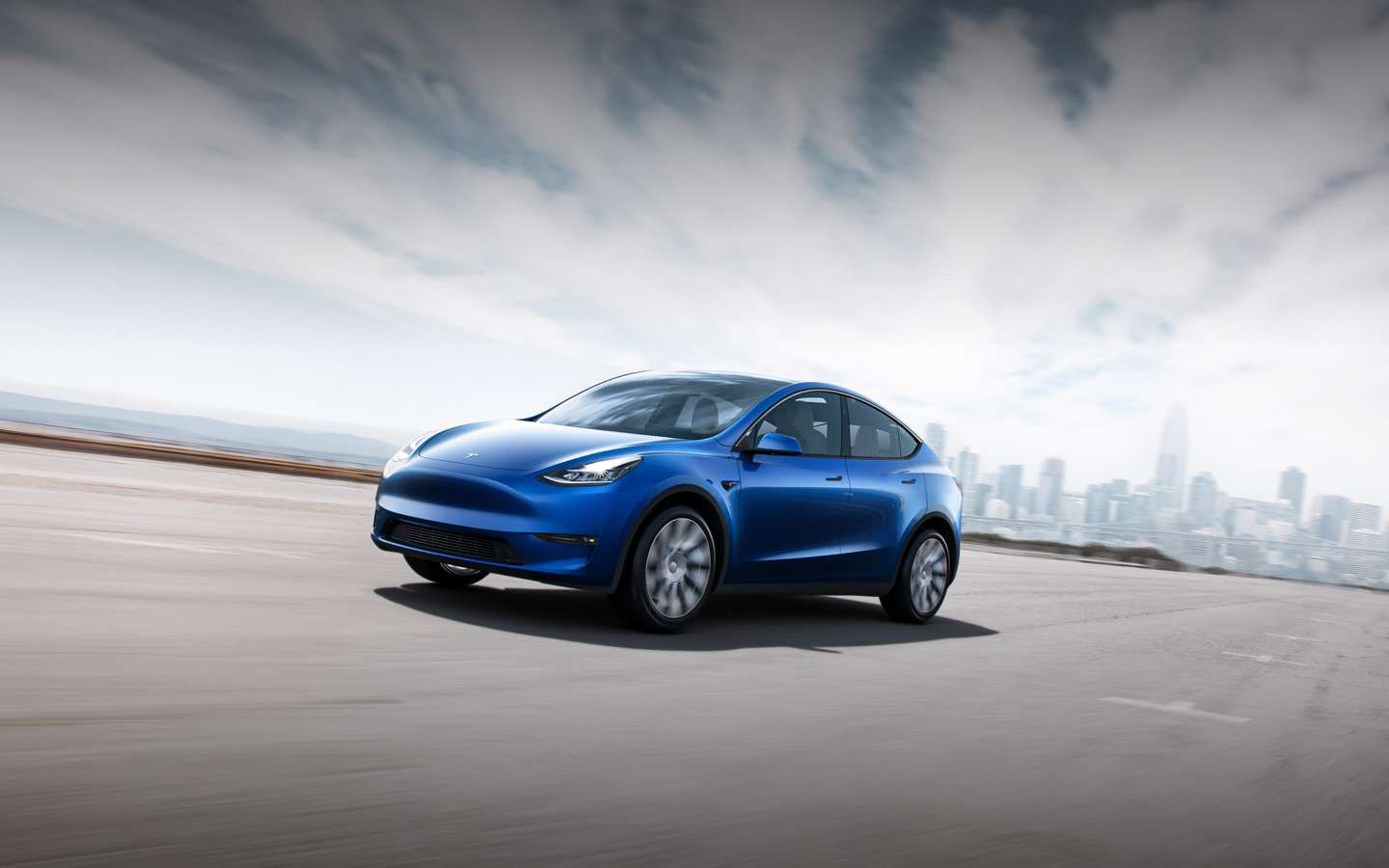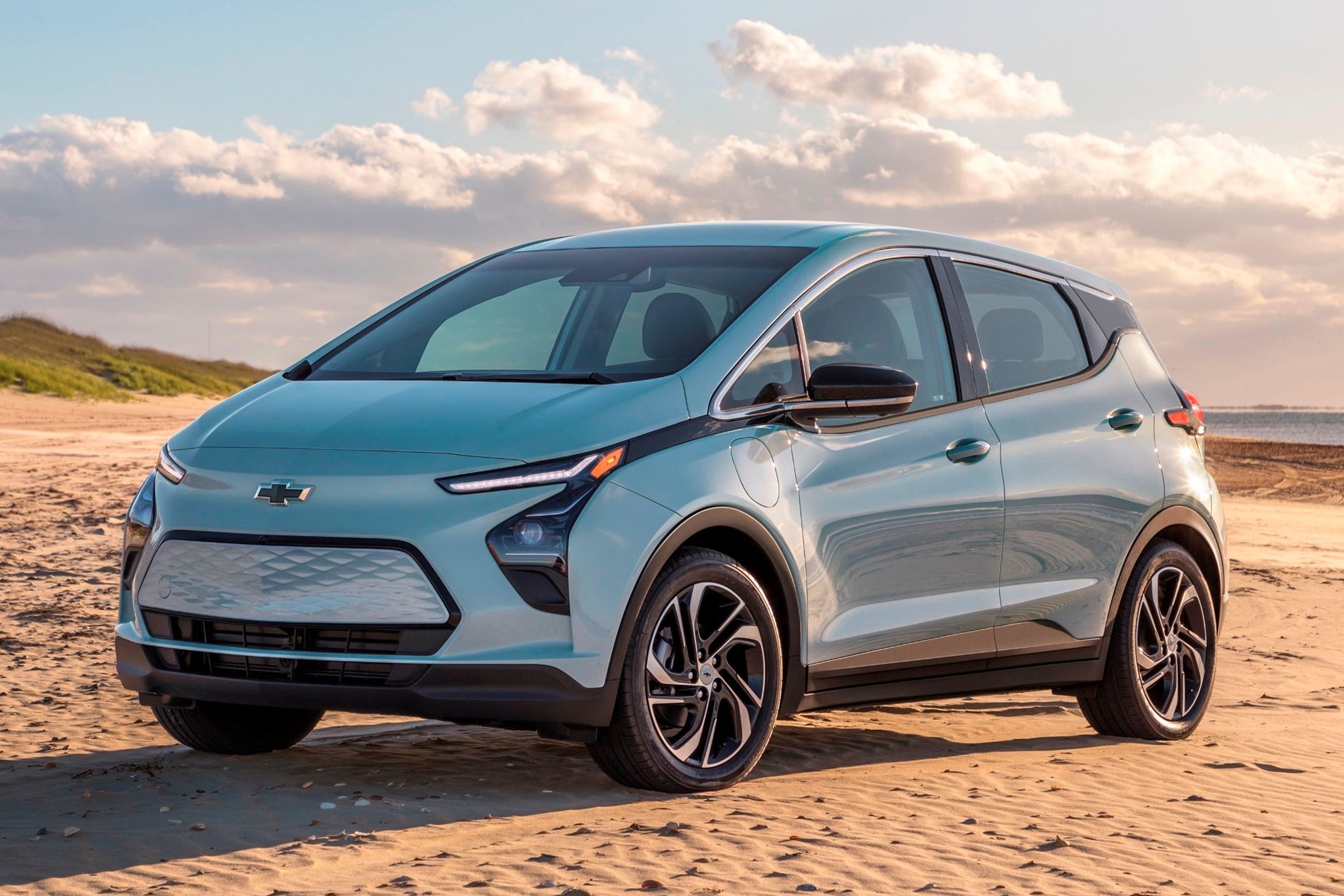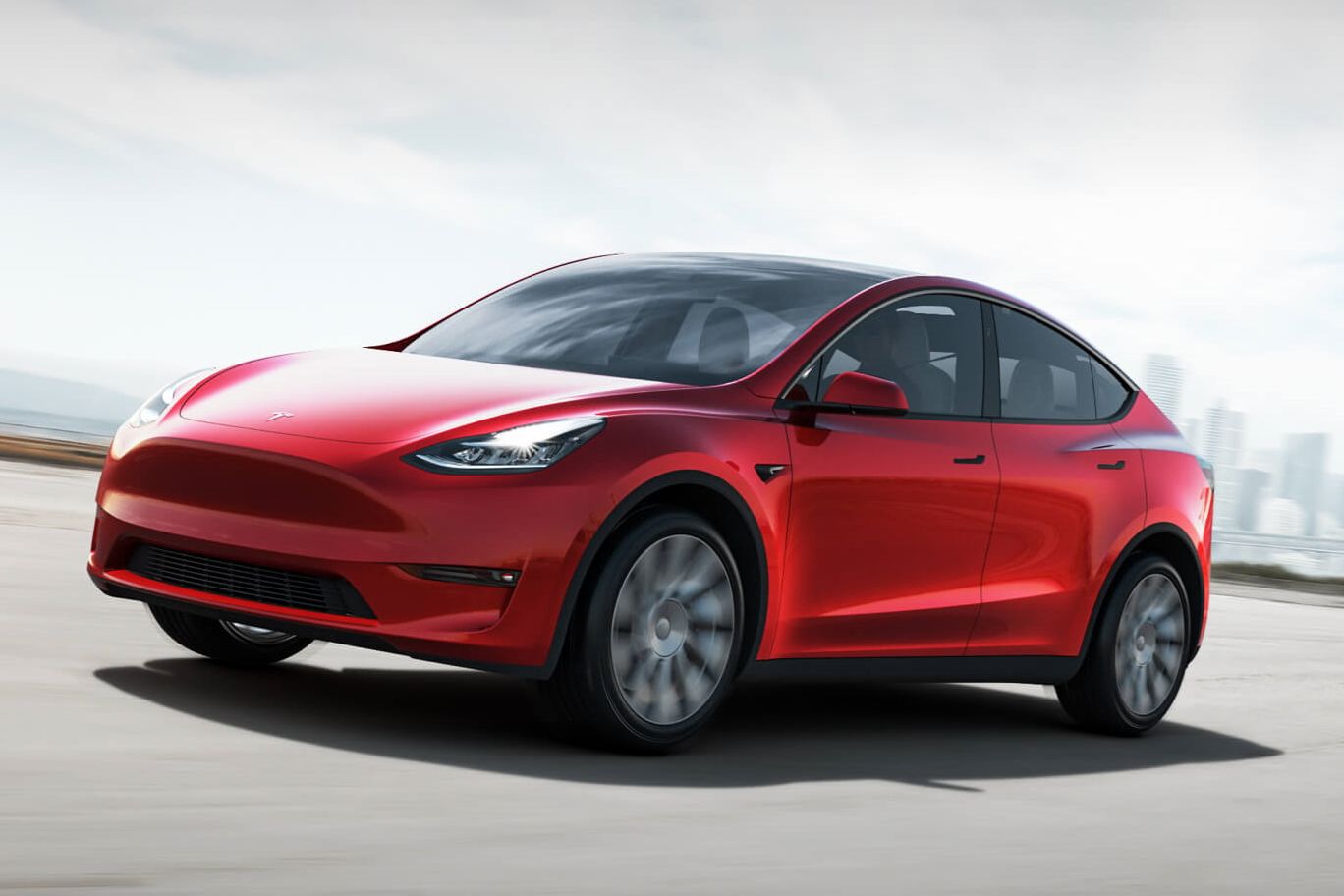
A new report from JD Power has found that approximately half of the new car buyers in America will be able to purchase an EV that suits their budget, size requirements, and brand preferences by the end of the year.
The E-vision Intelligence Report looks into several factors surrounding an electric vehicle purchase and how they work together to make the EV a more attractive proposition. EV market share continues to climb across the country and has reached 8.5%, nearly double what it was just a year ago.
This is partly down to improved availability and more affordable vehicles. About four-in-ten new car customers have a reasonable electric alternative to the current crop of ICE-powered vehicles. According to the JD Power EV Index, affordability was rated at 85.6 (out of 100 points) in January. Once this reaches 100, EVs in America will have reached price parity with their gasoline-powered contemporaries.
This will undoubtedly drum up EV sales in the USA. While many are open to owning an electric car, high prices have put many consumers off.
As such, J.D. Power predicts that around half the new car buyers in America will have a genuine electric alternative to choose from by the end of the year. By 2026, it should pass the 75% mark. The organization's Elizabeth Krear told Automotive News that price matters to consumers. She remarked that when an EV sees a price cut or is offered with an incentive, "we immediately see the interest increase."
An example of this can be seen with the Tesla Model Y, which received a massive price reduction earlier this year. Furthermore, the Model Y and its rival, the Mustang Mach-E, were made eligible for the $7,500 tax credit following a reclassification of both vehicles as SUVs.
J.D. Power data showed that consumer consideration increased by 3.4% and 1.6% for the Mustang Mach-E and Model Y, respectively.
Incentives are one of the most significant driving forces behind EV adoption. There's a clear link between EV purchases and states with appealing government incentives. California leads the field, with an adoption score of 45, and is followed closely by Oregon, which has a score of 36. A similar trend can be seen in New York, Colorado, and New Jersey.
Currently, most EVs are still priced out of reach for most. However, the advent of cheaper alternatives, like the Chevrolet Bolt, has opened the market up to many consumers who were once excluded. After all, not everyone can afford a $50,000+ commuter.
With a purchase price of $26,500, the Bolt EV undercuts some ICE-powered vehicles by a considerable margin and continues to save its owners money with low running costs. J.D. Power says the total ownership cost (with incentives) is just $26,200.
This makes the Bolt EV the only electric vehicle with total ownership costs of less than $30,000.
The Inflation Reduction Act has also made it easier for customers to purchase an electric vehicle at a more attainable price. Of course, not all vehicles qualify, and that has many automakers and dealerships concerned. This has led many companies to rejig their plans. Volkswagen recently announced that it will pause all work on EV battery plans until the European Union can provide better financial incentives than the US.
With private and public entities devoted to creating a solid charging network, the drawbacks of electric car ownership will soon be a thing of the past. As cheaper EVs enter the market and incentives continue to dazzle consumers, traditional ICE-powered vehicles will slowly lose their once-impenetrable market share.
It's slowly happening in California, where Tesla is gradually encroaching on Toyota's top position as the market leader.


